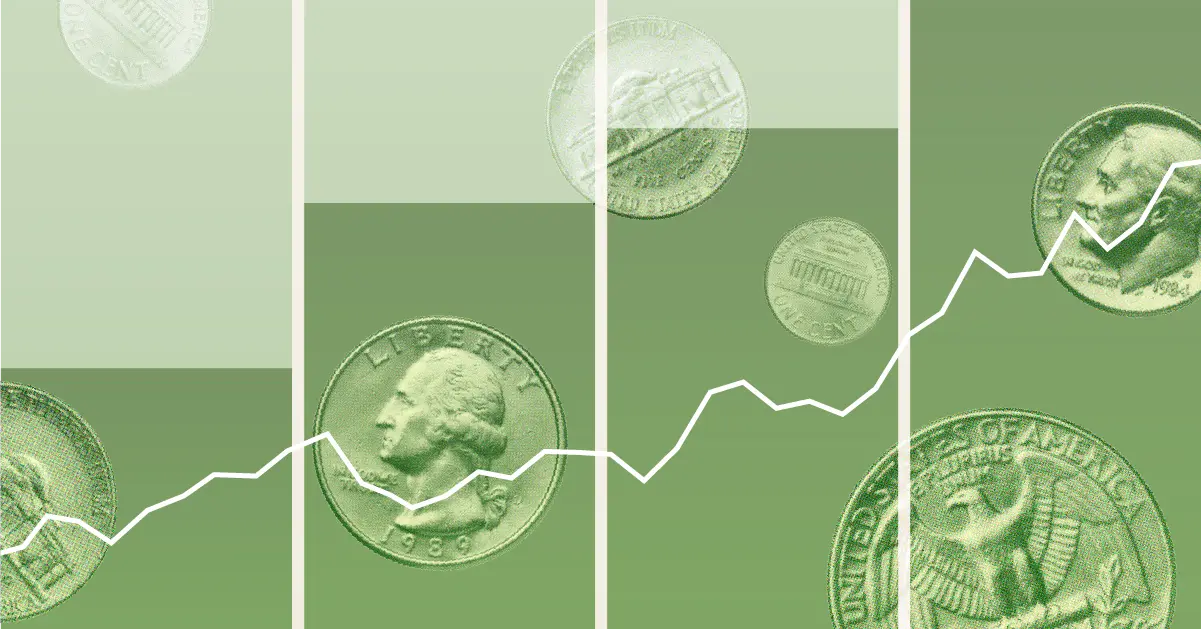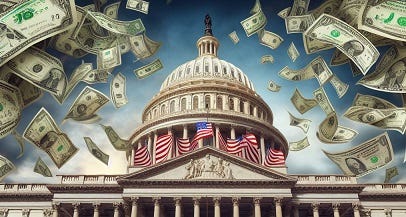U.S. Investment Policies: Key Trends and Effects on Markets

January 30, 2025
Investment policies in the U.S. are integral to shaping the economic landscape, guiding the flow of capital, and creating opportunities across industries. As global investors, businesses, and policymakers closely monitor these policies, understanding their influence becomes crucial for making informed financial decisions. This article delves into the key aspects of U.S. investment policies, their implications for businesses and investors, and how they contribute to economic development.
1. The Importance of U.S. Investment PoliciesU.S. investment policies are designed to encourage capital inflows into various sectors of the economy, ensuring long-term growth, stability, and innovation. These policies create favorable conditions for businesses to thrive, attract foreign investments, and facilitate the development of key industries such as technology, healthcare, and renewable energy.
2. Key U.S. Investment PoliciesSeveral policy areas directly impact investment strategies:
Tax PoliciesU.S. tax policies play a significant role in shaping investment decisions. The government's tax incentives or tax burdens can either encourage or discourage investments in various sectors. Key tax policy areas include:
The Federal Reserve’s policies on interest rates, inflation control, and money supply influence the availability of capital for businesses and consumers.
Trade agreements and tariffs directly affect international investments and the competitiveness of U.S. businesses.
As sustainability becomes a priority, policies targeting green energy and eco-friendly businesses are shaping investment decisions.
The U.S. Securities and Exchange Commission (SEC) and other regulatory bodies ensure market integrity, transparency, and investor protection.
U.S. investment policies have a profound effect on financial markets, influencing investor behavior, stock market performance, and the flow of capital into various sectors.
While investment policies provide significant opportunities, they also introduce risks:
Investors must remain agile and informed, continuously adapting their strategies to align with evolving U.S. investment policies. Key strategies include:

U.S. Investment Policies: Key Trends and Effects on Markets
Explore how U.S. investment policies shape financial markets, economic growth, and business strategies, offering both opportunities and challenges for investors

U.S. Investment Policies and Their Role in Business Development
Explore how U.S. investment policies influence business growth, offering opportunities and challenges for industries. Understand the key regulations and strategies driving economic expansion

U.S. Investment Policy Reforms: Shaping the Future of Business
Explore the key investment policy reforms in the U.S. economy that are reshaping business strategies, influencing markets, and creating new opportunities for investors

A Comprehensive Look at U.S. Investment Policy Shifts in 2025
In 2025, U.S. investment policies have undergone significant transformations. Discover how these reforms are impacting industries, investment strategies, and economic growth

Analyzing the Impact of U.S. Investment Policies on Investment Strategies
Explore how evolving U.S. investment policies create new opportunities and risks for investors. Learn how changes in tax, trade, and financial regulations affect investment strategies

A Look Ahead: U.S. Investment Policies and Financial Market Trends
As the U.S. economy evolves, so do its investment policies and financial markets. Discover what the future holds for investors as we explore trends, innovations, and challenges in U.S. investment strategies

A Guide to Understanding U.S. Investment Policies for Business Growth
Explore how U.S. investment policies impact business success. Learn how to navigate key regulations, tax incentives, and funding opportunities to maximize growth potential

How U.S. Government Policies Influence Investment Approaches
The U.S. government plays a key role in shaping investment strategies through regulatory frameworks, fiscal policies, and incentives. Explore how these factors impact business decisions and investment trends

U.S. Investment Policies and Global Impact
U.S. investment policies are reshaping global markets, influencing trade, foreign investments, and economic stability. This article explores the implications for international businesses and investors
The Atlantic Daily
Get our guide to the day’s biggest news and ideas, delivered to your inbox every weekday and Sunday mornings. See more newsletters
.webp)
Ideas That Matter
Subscribe and support more than 160 years of independent journalism.
Subscribe